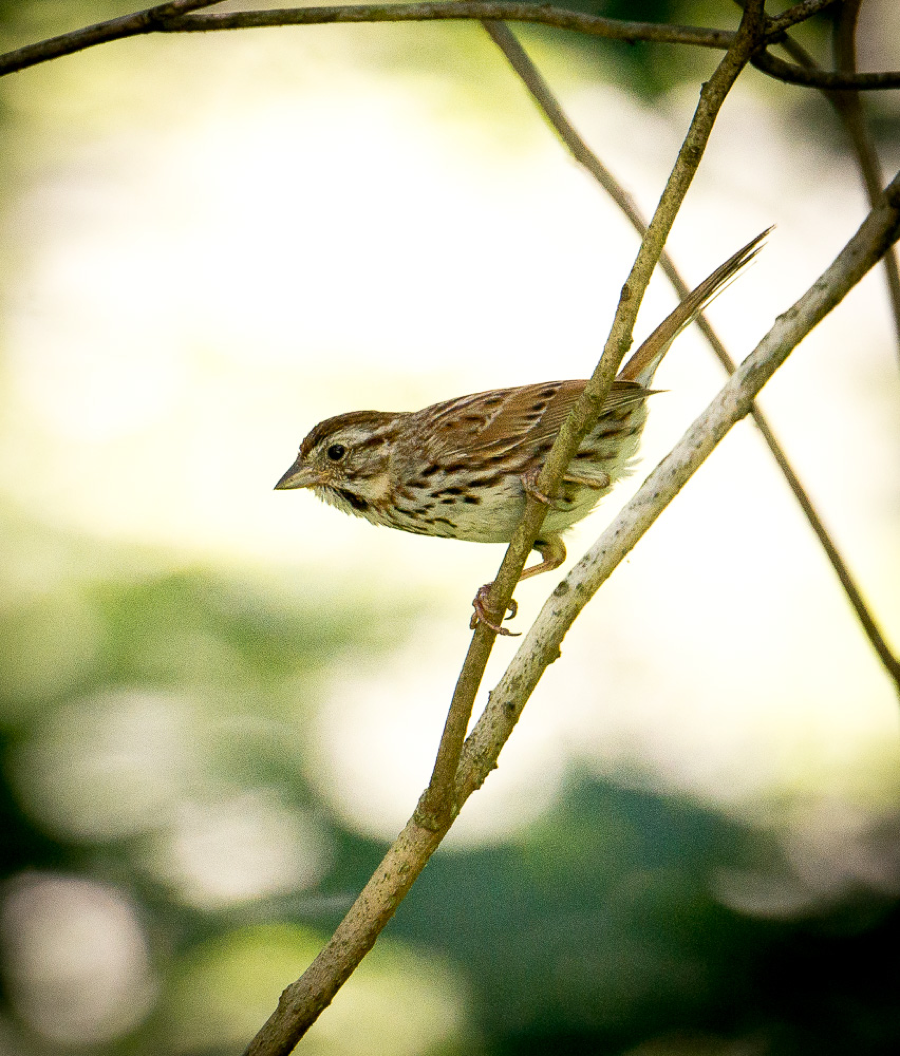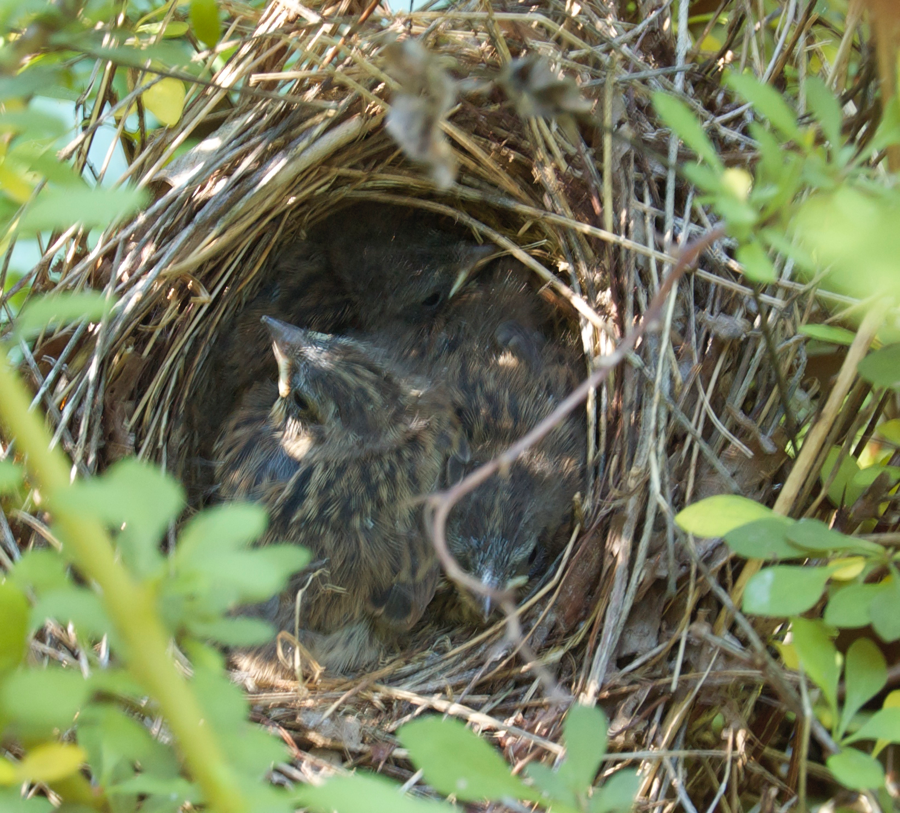The following article was written two summers ago by NCLT board member Penny Ross, and re-presented here. The words still ring true. And if any of you think the title has a familiar ring to it, perhaps you’ll recall the George Pope Morris poemof a similar name.
<><><><><>
This summer, four NCLT interns have been clearing invasive plants that, over the years, have infiltrated the fringes of our Land Trust properties. Increasingly common throughout our town are Oriental bittersweet, garlic mustard, porcelain berry, wineberry, and winged euonymus.
We encourage homeowners to rid their land of these bothersome plants. In the case of garlic mustard, this means hand-pulling the plants, usually when they are flowering, but definitely before they’ve set seed. And that’s not the end of it. The seeds of earlier generations of this biennial remain in the soil for years, so true grit is required to eradicate it. Anyone who claims that garlic mustard is a worthwhile plant because it’s (somewhat) edible is welcome to harvest every last bit of it and make a Guinness Book Of World Records salad.
Occasionally in doing removal work, you encounter a surprise. The invasive plant may be like Kilmer’s tree, which in summer wears “a nest of robins in her hair.” In this case, the only thing to do is to wait a week or so until the fledglings have left the nest for good. The parents will keep a sharp eye on any intruder in the meantime, even dive-bombing anyone who nears their nested chicks.
It’s interesting to note that poison ivy can be aggressive but is not considered an invasive plant. Poison ivy has been here longer than we human beings have; not an alien gone feral like Oriental bittersweet. The waxy grayish-white berries provide food for birds and small animals, so follow this old rule when cutting or pulling invasives that poison ivy may grow alongside: “Leaves-of- three, let-it- be!”
When walking the trails at Browne Sanctuary on Valley Road, or the Watson-Symington Woodlands off Wellesley Drive, avoid touching poison ivy. If you think you have brushed against it, wash the exposed skin with soap and cool water. The urushiol oils need to be on your skin 20 minutes for you to get that itch.
Song sparrow in New Canaan keeping watch over nestlings. Both parents are vigilant.

Steve White photo (www.iNaturalist.com)

The sparrow’s chicks sitting tight in a Japanese barberry shrub along the Silvermine River. (Penelope Ross photos)
Penelope Ross photo
Recent Comments